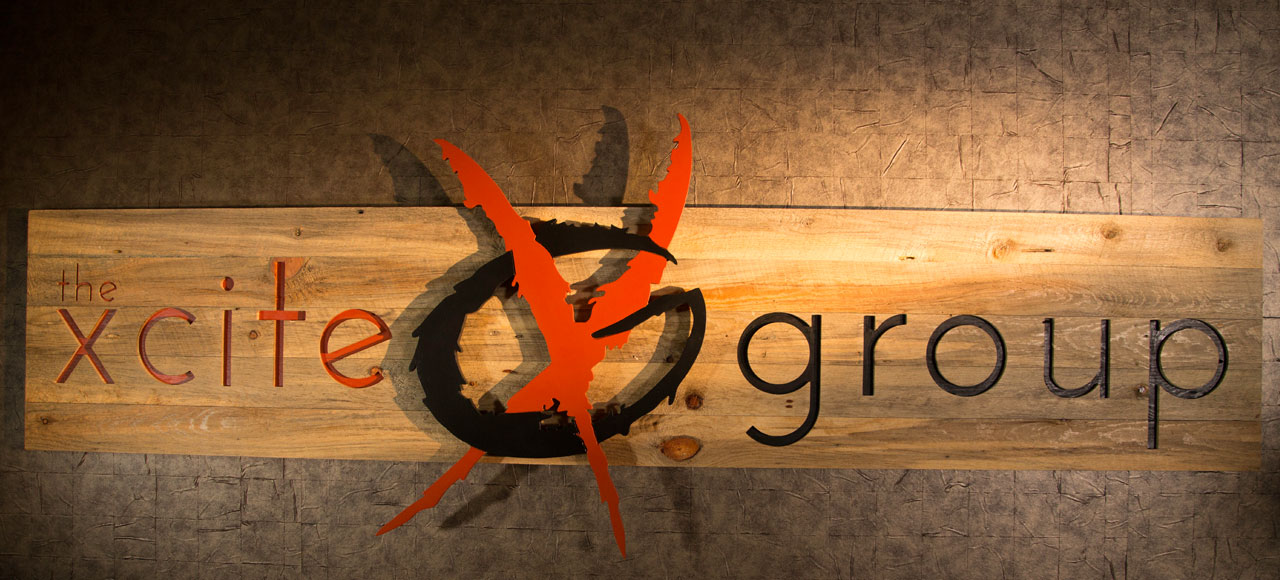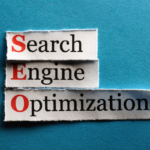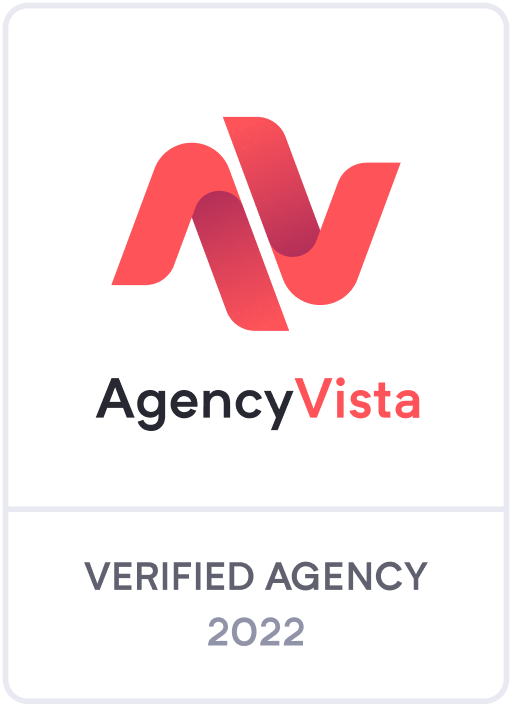Digital advertising is increasing every year. Your impression share tells you how well your ad is performing compared to its total potential audience, and boosting it can help increase engagement as well as profit. In order to maximize your efforts, you should structure your digital campaigns to ensure you’re boosting your ad’s impression share as effectively as possible.
There are many different types of Impression Share when it comes to digital marketing; Search Impression Share, Display Impression Share, Target Impression Share, Exact Match Impression Share, etc. They’re all very similar in what information they provide, but for the purposes of this blog, we’ll focus on Search Impression Share.
How Search Impression Share works
For Search Impression Share there are 3 metrics to focus on; Search Impression Share, Search Lost IS (Rank), and Search Lost IS (Budget). Search Impression Share is calculated by dividing the number of impressions your campaign actually received by the total number of impressions it was eligible to receive (see formula below).
Here’s an example:
Let’s say you received 70,000 impressions and the Search Engine you’re working with (Google, Bing, etc.) says that you have a 70% Impression Share for the keywords that are active in the geography that you’ve specified. This tells you that you are showing up for 70% of the searches that are actually happening and that there are 100,000 eligible impressions for your campaign over that time. This also tells you that you’re missing out on 30,000 eligible (100,000 – 70,000) impressions!
Why Is Impression Share Important?
- How much more is available to me? What is my potential opportunity?
- What are the reasons I’m not maximizing my campaigns?
- Most importantly, do I look like the “Top Dog” in my field to potential clients?
1. How much more is available to me, and what is my potential opportunity?
By using the equations shown above, we can see in the example that we’re missing out on 30,000 impressions that the search engines deemed eligible to us. This also tells us that if we want more potential than an additional 30,000 impressions, we should add some additional keywords, ad groups, campaigns, geography, etc. in order to accomplish reaching more potential customers.
2. What are the reasons I’m not maximizing my campaigns?
There are two statistics that can indicate why you’re missing out on 30,000 impressions. The first one is Search Lost IS (Rank), and the second one is Search Lost IS (Budget).
Search Lost IS (Rank) is the percentage of Lost Impression Share your campaign is experiencing when the search engine thinks you could be giving a better experience to the person doing the actual searching. There are multiple factors that go into this number and some of the biggest ones that we’ve learned make a difference are; CTR %, top of page bidding, ad copy to keyword relevancy, and quality of the landing pages. Though this is not an exact science, we’ve found that if you can keep on top of those items, it will minimize your Search Lost IS (Rank).
Search Lost IS (Budget) is the only other reason after Rank that you could be missing out on impressions. Unlike Search Lost IS (Rank), losing impressions due to Budget is very black and white. Using the same example, if we have 70% Impression Share and let’s say a 5% Lost IS (Rank), and 25% Lost IS (Budget), it tells us very clearly that if we just had 25% more budget to put towards the campaign, we show up for the additional 25,000 impressions.
3. Most importantly, do I look like the “Top Dog” in my field to potential clients?
If you found yourself bogged down in the math of the previous two questions, you’re not alone. The biggest takeaway from all of this is, “how do I look compared to my competition when someone is searching for my products and services online?” To illustrate the importance of this question we’ll use another example that’s simplified from the potential client’s view. Let’s say you’re looking for a specific service online and you do 10 searches to try to see which companies are available to help you. All searches are similar in nature, but with slight variations (adding a city name, “near me”, “best”, etc.). Company A shows up 10 out of 10 times with ad copy that speaks directly to what services you’re looking for. Company B only shows up 3 out of the 10 times. From every case study we’ve done or read, Company A always has a much higher chance of getting that phone call, form submission, or any other kind of conversion. To the potential client, they look far more like the expert in that field. And even if they look similar, Company A looks a lot more established as a business for that service. It’s just the nature of searching online.
It’s imperative that your business pays attention to your statistics.
Your impression share tells you how well your ad is performing compared to its total potential audience, it can help increase engagement with potential customers, and it will help make you look superior to your competitors for those given searches; helping with your overall ROI from your digital marketing ads. As an agency working with multiple industries, the Impression Share conversation is something we consistently have with our clients. As we talked about above, impression shares are commonly overlooked as an important KPI in your Ads account. Our team at Xcite is always willing to dive in and look at your current performance in this area and all areas of your PPC campaigns to help shed light on areas for improvement.





 8055 E Tufts Ave Ste 240
8055 E Tufts Ave Ste 240




